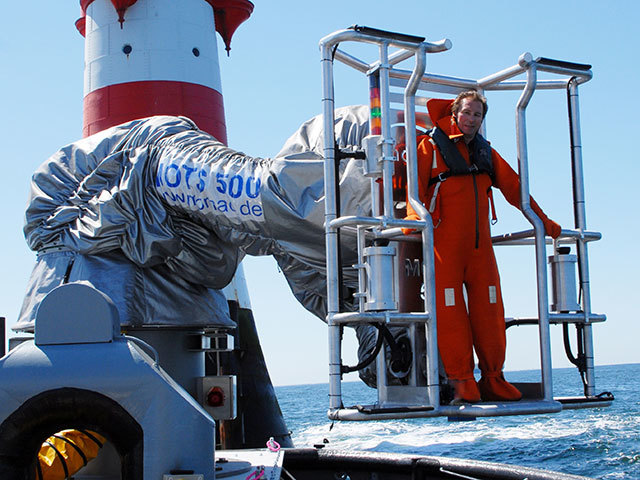
A project to develop new means of access to offshore installations is looking to pick up pace after securing further funding from a UK innovation body.
The Neptune system, developed by offshore and marine consultancy STL Research, would allow offshore personnel to access fixed structures, like platforms and wind turbines, via a space-stabilised arm.
The system would have the capacity of 1000kg, reaching maximum height of 28 metres above sea level and compensating for all six degrees of vessel motion.
Neptune creators claim it would increase safety of offshore staff by eliminating the need to jump or climb when transferring to installations from current means of transport, such as helicopters.
The latest allowance by the Technology Strategy Board will fund a prototype of the system which will be tested at sea, the company said.
“The Technology Strategy Board helped to fund the concept phase of the Neptune project and we are delighted that they have now agreed to assist with development of our sea-going prototype,” said Peter Back, technical director of STL Research.
“The funding will accelerate the project and shorten the time taken to bring the Neptune system to market”.
Recommended for you
